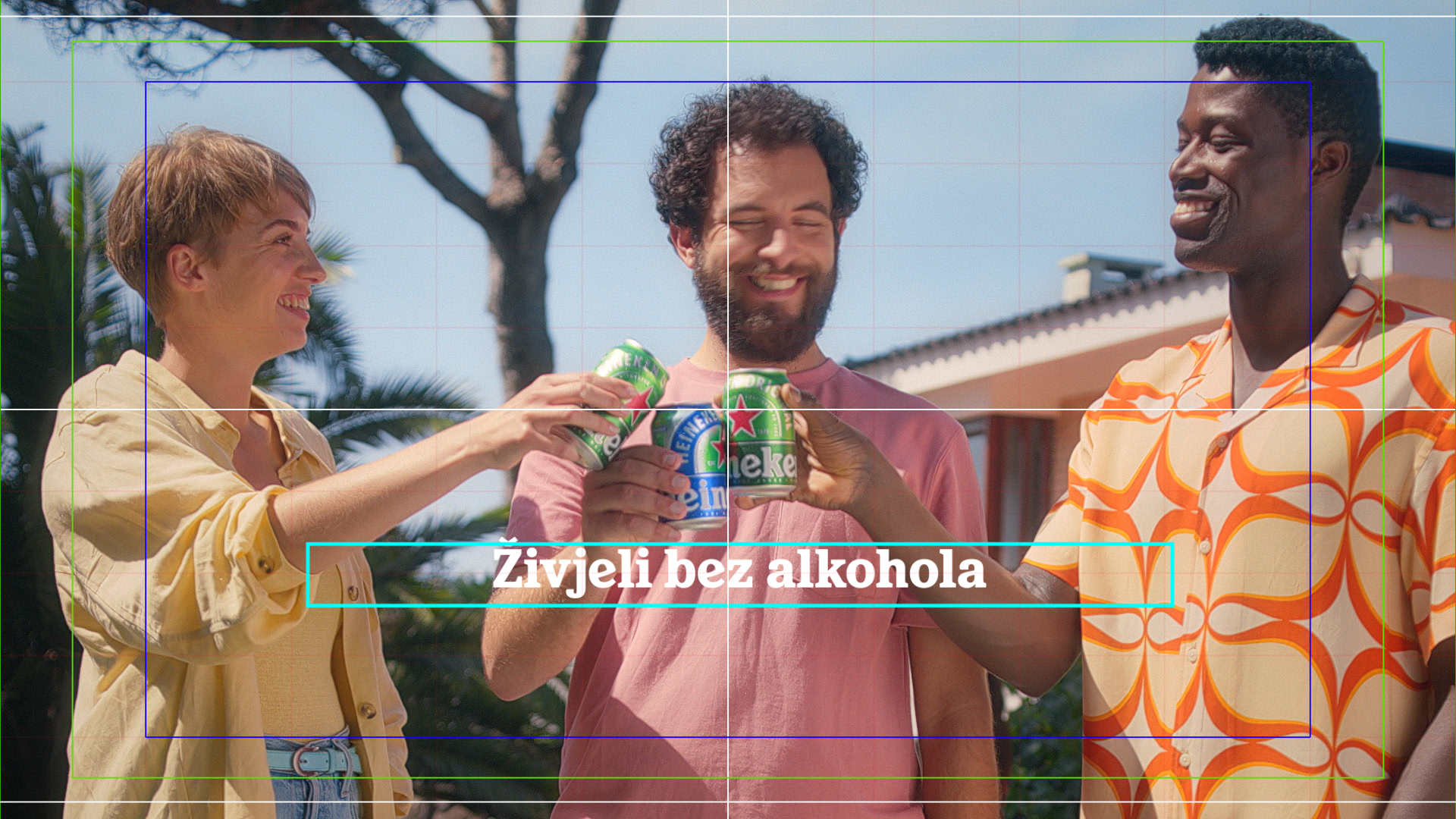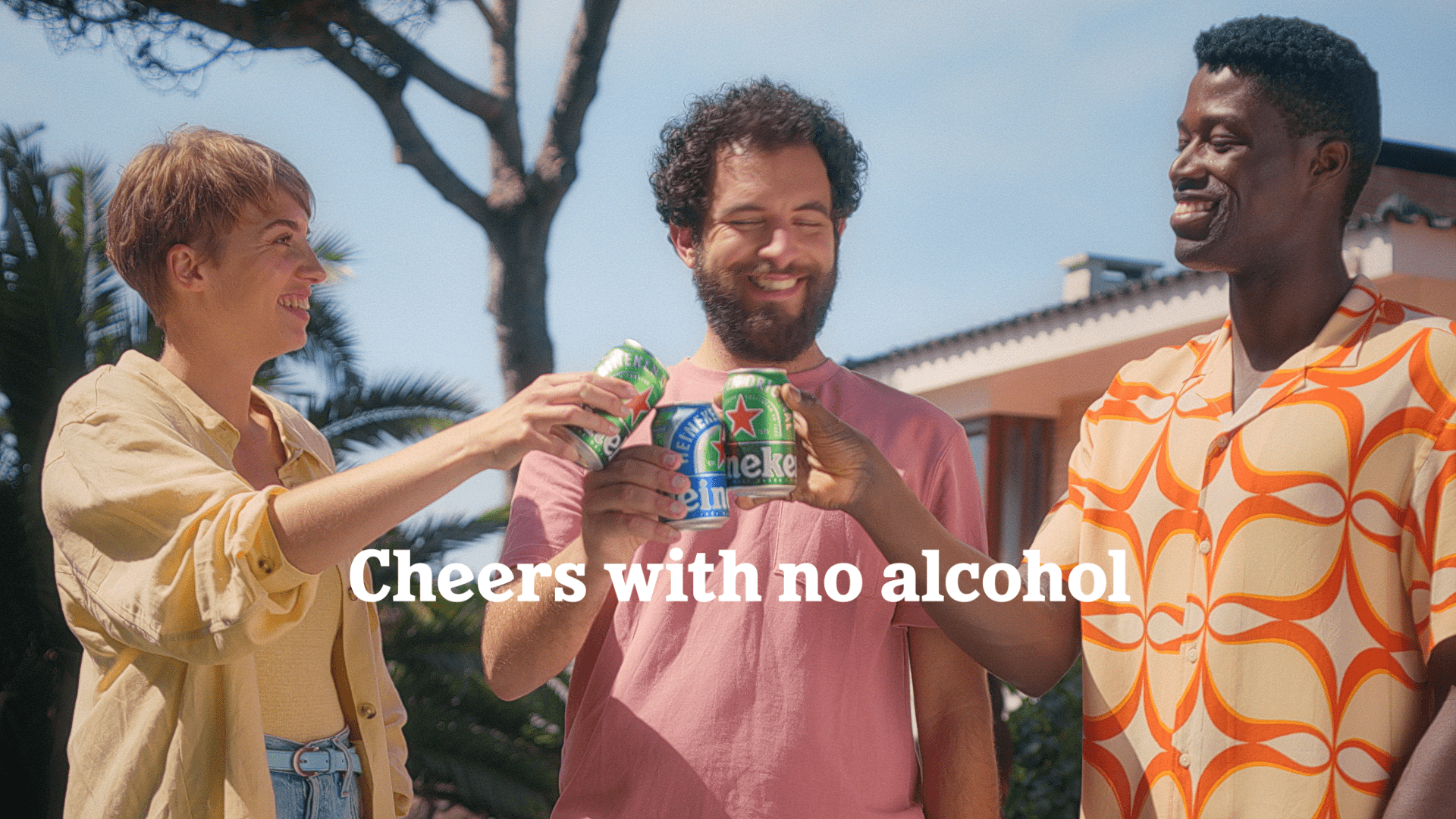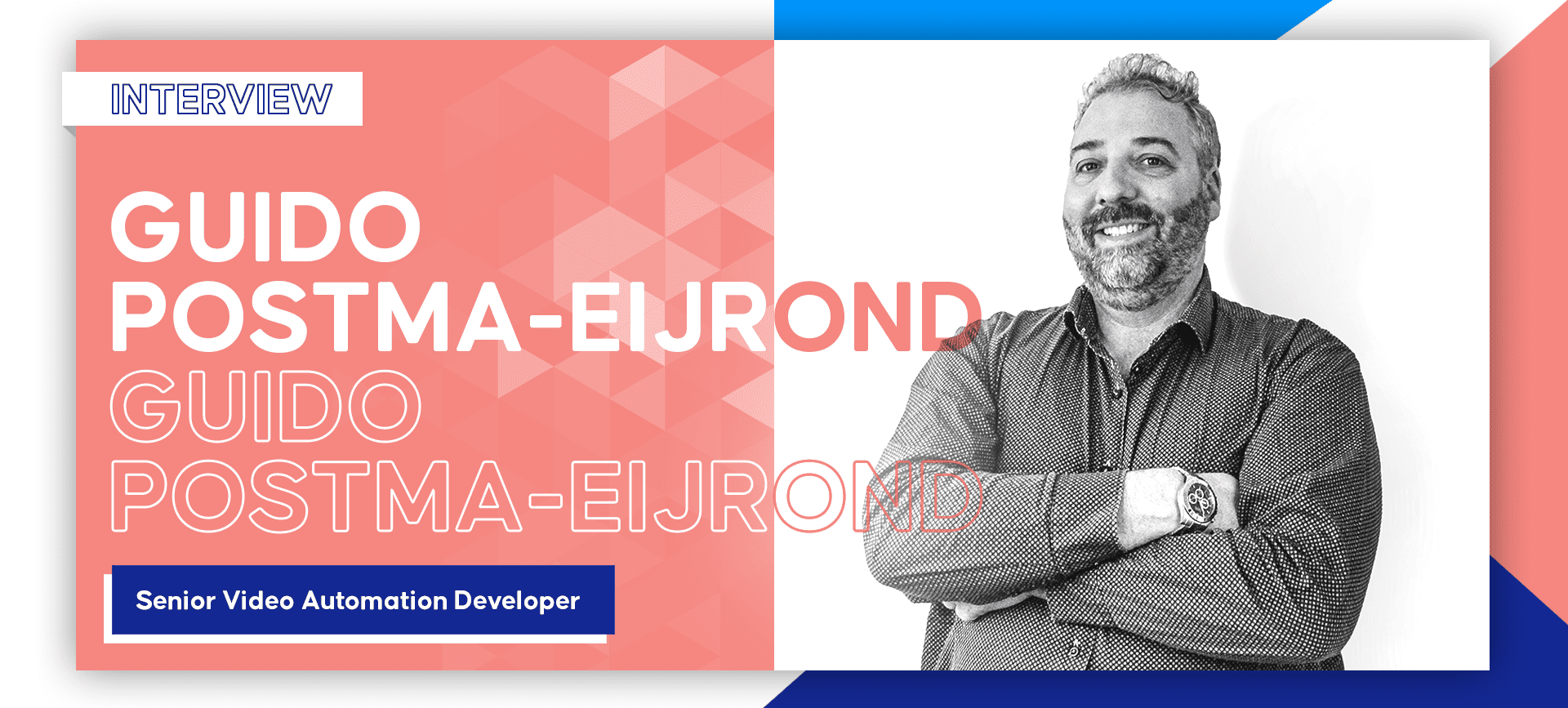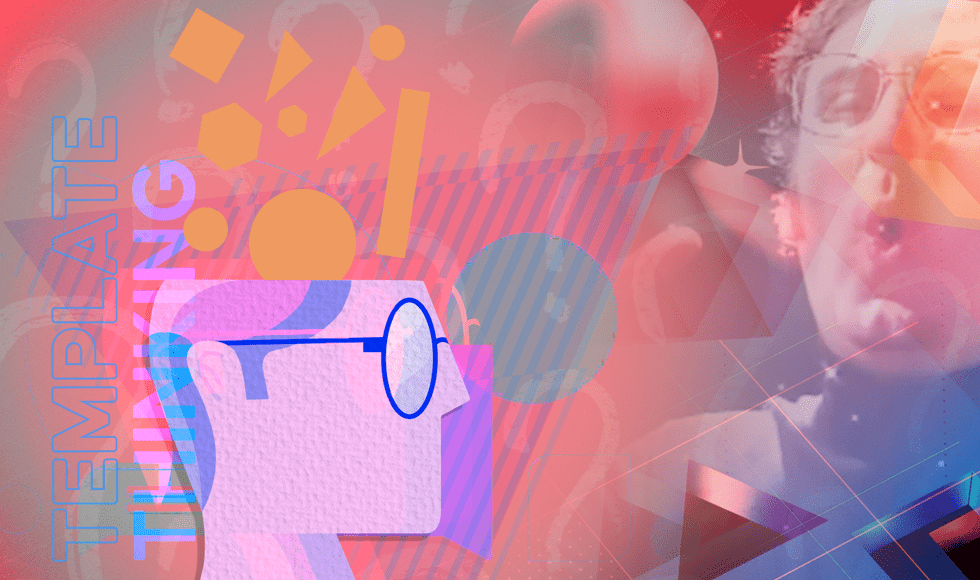How would you define template-thinking? And why is it important?
Envision your design with various combinations of dynamic content. Imagine how all elements can automatically adapt to all different scenarios that might be relevant to the campaign, and design for that. This is what template-thinking is; it is adaptive content marketing.
I believe template-thinking is important because creating a template is like adding another dimension to your design. This is done by adding the element of time to the design by the way of animations and motion graphics.
You can use a template to easily create unlimited amounts of versions of the same ad, e.g. for various other markets and channels. This should make the information more relevant to the receiver and your ad will perform better.
How does template-thinking work, in the practical sense of what it can achieve?
Adding dynamic or swappable elements to your video is like adding another dimension, as I mentioned before. It is like creating parallel universes where each video will be different based on the variable parameters. It is important to think about the end result and design for that. For any designer, you want to be in control and have predictable outcomes that suit the agreed goal. The better you know how to leverage the possibilities this technology gives you, the better you can realise your design goals.
A good example of this is that you can make the content and design more personalised to your target audience. For example, besides using different copy in different languages, you can also create dynamic scenes with different footage that can be replaced where relevant. You could change the timing and duration of an animation or even a whole scene, based on the length of the copy, duration of dynamic footage or use dynamic colours and shapes based on a dynamic value for emphasis.
To summarise, the possibilities are endless.
How does template-thinking work on a technical level?
Template-thinking follows a systematic approach where creating dynamic templates allows for a seamless rendering of multiple iterations, because the template was built with the same effort as a single creative asset. But which can then be used to generate millions of versions at a press of a button.
One of the best practices when it comes to approaching template-thinking is to keep in mind the technology, its capabilities and its boundaries, and let this inspire you.
What are some of these capabilities and boundaries that you mention?
Some of these boundaries or limitations of a design are quite literally the boundaries of a given Text Box, where you define in which area a piece of copy may exist, and have the template scale any text to make sure it will always fit.
In terms of the design, there are also some technical limitations to keep in the back of your mind. For example, when designing typography around imagery, it becomes really difficult if that imagery is dynamic for a template to know how to display that same copy in different contexts. So, as a designer it is important to develop a ‘stramien’, which is a design pattern or set of design rules for the template that would accommodate all possible options.



How do you approach a creative concept from a template-thinking perspective?
Personally, I would start visualising the concept without being held back by any assumptions of technical limitations. At a later point you can always compromise on the design if some ideas would prove too complex to build or don’t hold up in a dynamic context.
As a team, we first start with the brief, looking at the references and getting a feel of the design, what needs to be dynamic and what kind of decisions need to be made for the dynamic elements. We think about how texts will align or shift with other elements, the scale, etc.
We then create various examples of extreme dynamic elements to see how the design holds up. In other words: we test the template.
What are some of the challenges involved in putting creative concepts into a template that works and remains visually stunning?
When the design process is done and approved, with all references and examples on the various dynamic options, the next challenge is to actually build the template exactly as it was envisioned.
Having this reference is of great importance so you can then focus on the technical realisation and don’t have to think about making any more design decisions. It is easier to come up with solutions and workarounds if technical challenges arise when you know what the intention is, so you can focus with that part of your brain instead of your designer hat.
Because of the dynamic nature of a template, the design can be fluid for different scenarios and way more interesting than just a ‘one-off’ design. With some fun creative exploration, we can produce unique versions for every single media that will be created.
“For any designer, you want to be in control and have predictable outcomes that suit the agreed goal. The better you know how to leverage the possibilities this technology gives you, the better you can realise your design goals.”
Guido Postma-Eijrond, Senior Video Automation Developer at Storyteq
How would you compare your usage of the Template Builder over the After Effects extension?
What I love about the Template Builder is that the technical limitations enforces you to focus on what is really important in the design. I personally enjoy coming up with creative solutions to these technical challenges.
The technology should be in service of the design, and I love that we can tailor our Template Builder with our team of developers to features that really make the difference, whilst keeping the interface super easy to use and focused around the user and their workflow.
With After Effects, basically anything you can think of is technically possible; the amount of success just depends on the proficiency of the technical specialist that works with the tool.
However, endless creative possibilities also mean that there can be even more difficulties.
We have our own After Effects Extension that lets you define all of the dynamic elements in your project to help you make your template. The specialists at our Platform Services team have many years of experience in building After Effects templates with new design challenges every day.
How can our own video automation experts remain creative and free while also maintaining the creative integrity of the brands we work with?
It is always nice to see what other designers come up with and try to add to that to deliver the intended concept. That requires not just a technical approach but a creative approach as well.
I find it fun to follow the brand guidelines of a corporate identity and follow that thought in the finest of details. We are often fine-tuning designs on our own merits because we understand and feel the way the design is intended. Those brand guides help us with that.
The projects that we handle usually allow for a great deal of freedom on how we interpret the designs and let us come up with proposals for the dynamic elements. The more challenging the design, the more exciting it is to figure out a solution!
It is pretty essential to remember: We are not the designer, and coming up with good designs is a trade of its own. Bringing those designs to the next level, that is where we love to step in! It makes me happy to be part of that process and contribute to making these designs a success.
Want to learn more about Guido? You can connect with Guido on LinkedIn.


